Are your plastic slippers melting in the summer heat? It’s a common problem that nobody wants.
You can improve the deformation resistance of plastic slippers under high temperature by selecting the right materials, using proper molding techniques, and adding reinforcing agents.
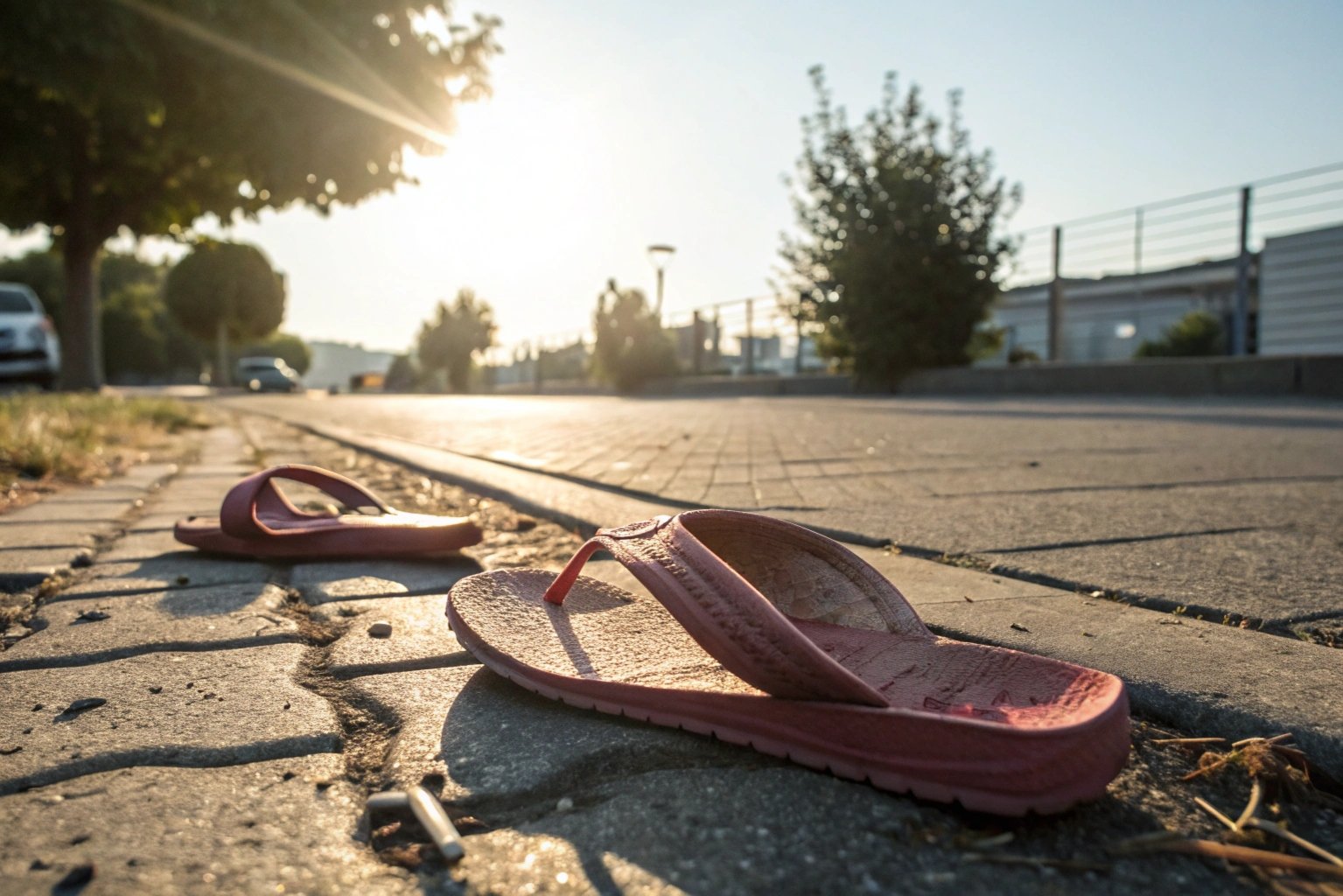
But why does this even happen? Let’s explore the ways we can keep your plastic slippers in tip-top shape, no matter how hot it gets.
Why are EVA Slippers so Popular?
Worried about losing customers to EVA slipper defects? Don’t worry, good EVA slippers can last a long time, but understanding what makes EVA special will help your customer make the right choice.
EVA slippers are popular because they are lightweight, comfortable, and affordable. However, they can sometimes deform in high temperatures, so if you’re looking for long-lasting slippers, you may need to consider reinforced materials.
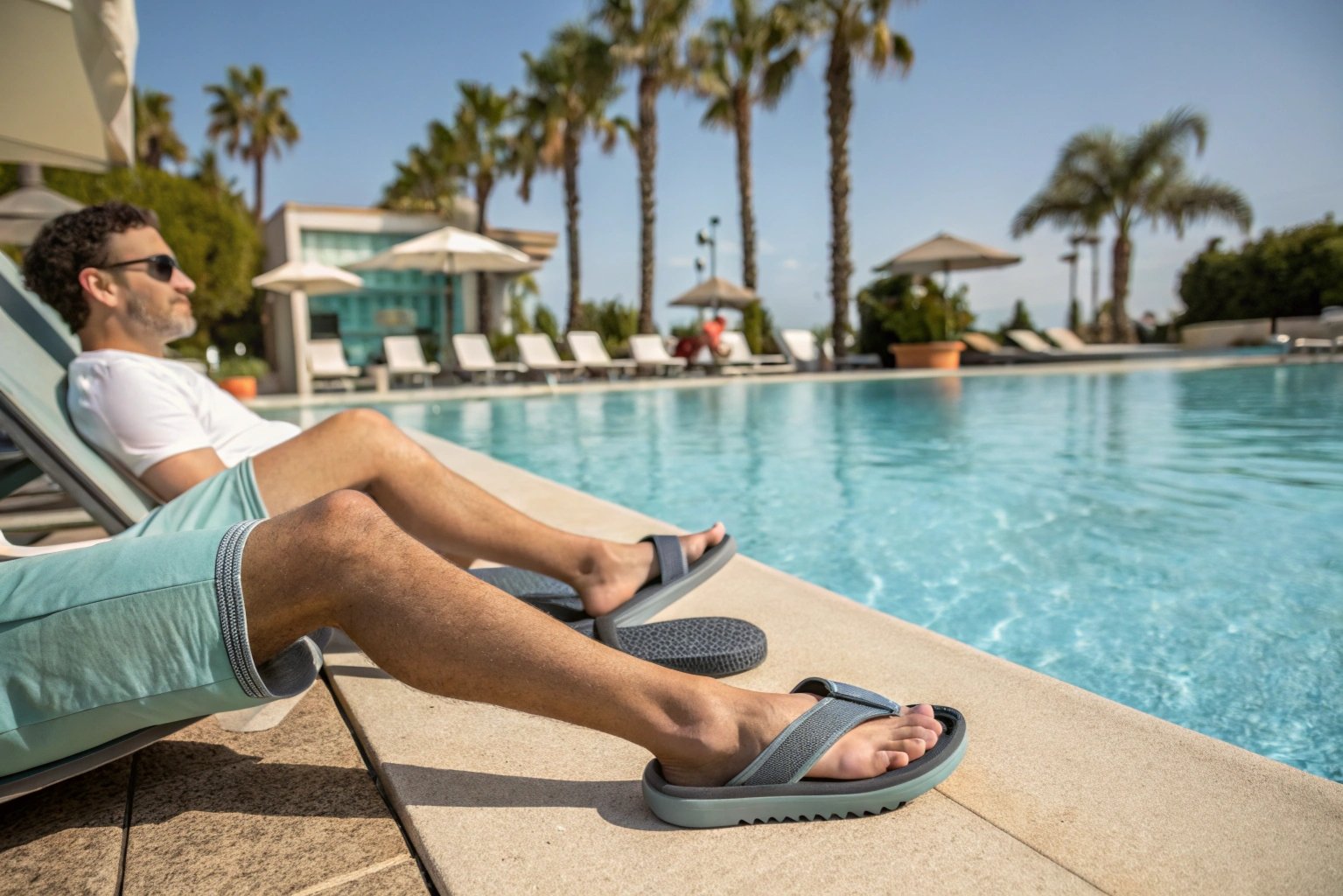
EVA (Ethylene-Vinyl Acetate) is a foam material. It is widely used in slippers because of its flexibility and shock absorption. Its closed-cell structure makes it water-resistant, which is good for slippers. However, EVA has a low melting point. This makes it prone to deformation under high temperatures. I learned this the hard way when a batch of EVA slippers I manufactured warped after being stored in a hot warehouse. So, what can we do about it? Well, there are methods to enhance the heat resistance of EVA slippers, starting with material selection.
Here’s a table illustrating the pros and cons of EVA material:
| Feature | Pros | Cons |
|---|---|---|
| Weight | Lightweight, comfortable to wear | Low melting point, prone to deformation |
| Comfort | Good shock absorption, flexible | Can shrink under heat if not properly treated |
| Water Resistance | Closed-cell structure, resists water absorption | Not as durable as some other plastics |
| Cost | Relatively inexpensive, making it affordable | May require additives to improve heat resistance |
How to Choose Heat-Resistant Materials for Slippers?
Are you tired of sourcing slipper materials that can’t withstand heat? Finding the right material can make a big difference for the lifetime of the slippers.
Consider using a blend of EVA with other polymers such as PE (Polyethylene) or TPR (Thermoplastic Rubber) to improve the heat resistance. Adding these materials can stabilize the EVA and improve its heat resistance.
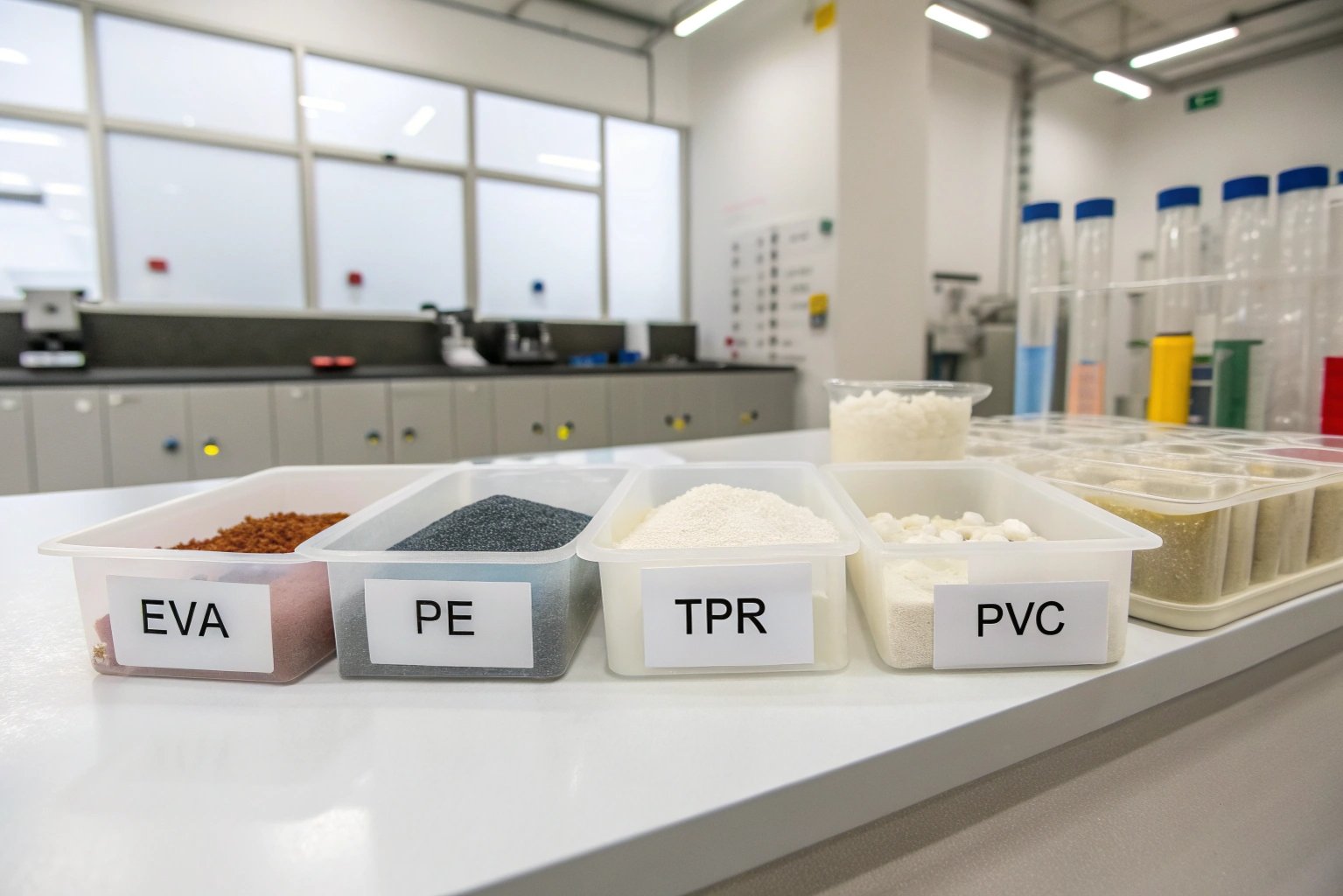
When I first started manufacturing slippers, I thought all EVA was the same. I quickly learned that the grade and blend of materials matter a lot. I had a customer complain that their slippers melted in their car on a hot day. That’s when I started experimenting with different blends. Blending EVA with PE or TPR can significantly increase the slipper’s resistance to deformation at high temperatures. PE is more rigid and heat-resistant than EVA, so adding it can help maintain the shape of the slipper. TPR provides good flexibility and abrasion resistance, preventing cracks when the material expands and contracts with temperature changes. Also, the ratio of the blend is very important. I recommend a 60% EVA, 20% PE, and 20% TPR mixture as a good starting point, but it can be optimized based on specific needs.
A comparison of common materials and their heat resistance:
| Material | Heat Resistance | Other Properties | Use in Slippers |
|---|---|---|---|
| EVA | Low | Lightweight, flexible, shock-absorbing | Base material, often blended with other polymers |
| PE | Medium | Rigid, chemical-resistant | Added to increase heat resistance and shape retention |
| TPR | Medium | Flexible, abrasion-resistant | Added to enhance durability and prevent cracking |
| PVC | Medium to High | Durable, waterproof | Used in some higher-end or specialized slipper types |
How Do Molding Techniques Affect Heat Resistance?
Are you overlooking the importance of molding techniques in slipper production? The way the slipper is made can affect its heat resistance.
Proper molding techniques, such as injection molding, can ensure a uniform density. This helps prevent weak spots that are more susceptible to deformation under heat.
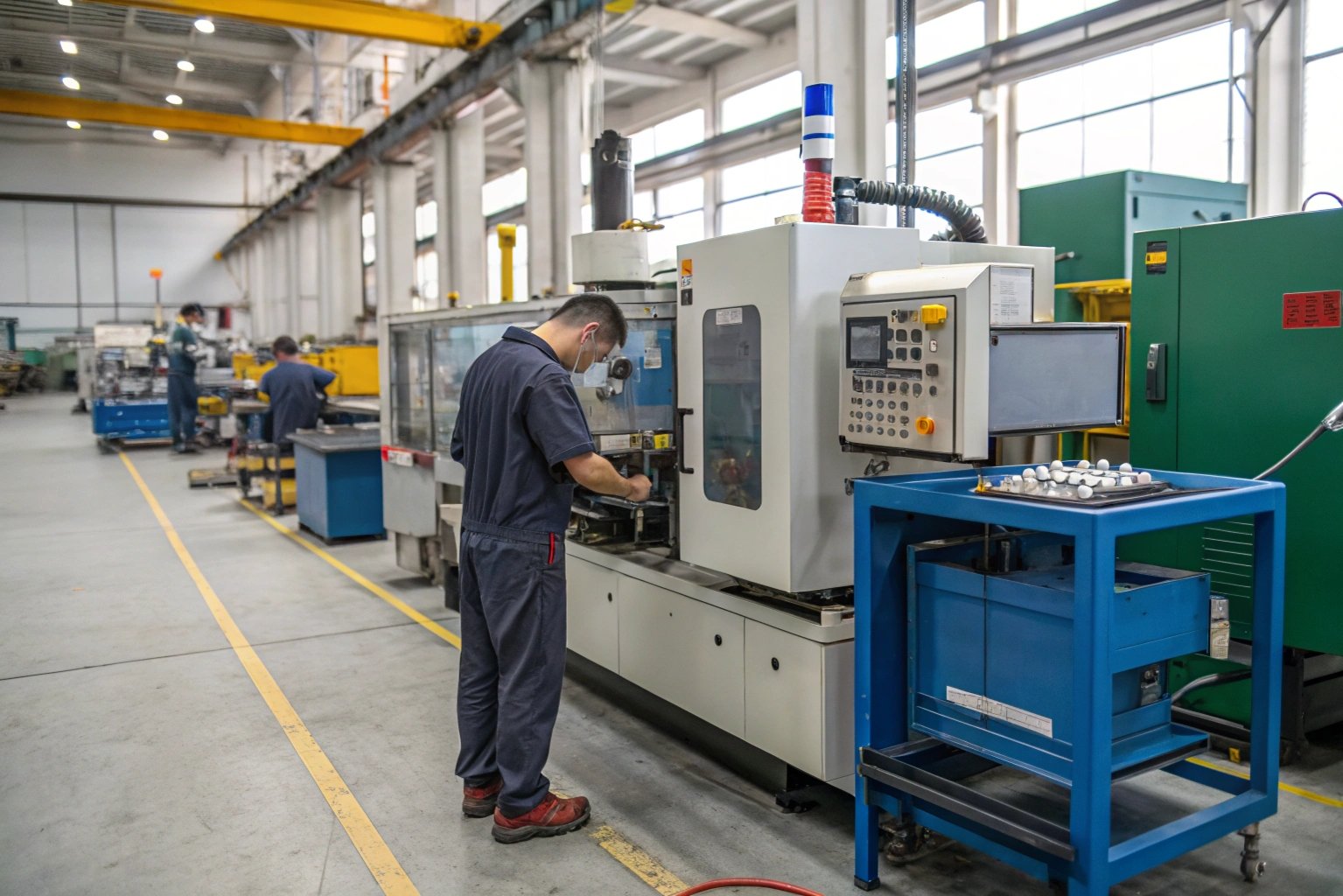
I once had an issue where slippers molded using compression molding were consistently deforming at the edges. That’s when I switched to injection molding. Injection molding allows for precise control over the amount of material and the molding temperature. By ensuring uniform density, we can avoid weak spots in the slipper. For example, using higher injection pressures can reduce air bubbles, which can cause deformation. Proper cooling is also very important. Rapid cooling can cause uneven shrinkage and internal stress, leading to deformation later. I recommend slow, controlled cooling in water baths to stabilize the material.
Here is a quick guide to molding techniques and their impact on heat resistance:
| Technique | Impact on Heat Resistance | Details |
|---|---|---|
| Injection Molding | High, if done correctly | Uniform density, precise control over material and temperature |
| Compression Molding | Lower, prone to uneven density | Simpler, but less control over material distribution, might create weak spots |
| Rotational Molding | Medium, can be improved with proper cooling | Used for hollow slippers, cooling rate must be controlled to prevent deformation |
Can Additives Help Plastic Slippers Resist High Temperatures?
Do you know which additives can save your slippers from melting? There are many ways to improve slipper performance.
Adding reinforcing agents like fiberglass or mineral fillers can significantly improve the high-temperature performance of plastic slippers. These agents add rigidity and structural integrity to the material.
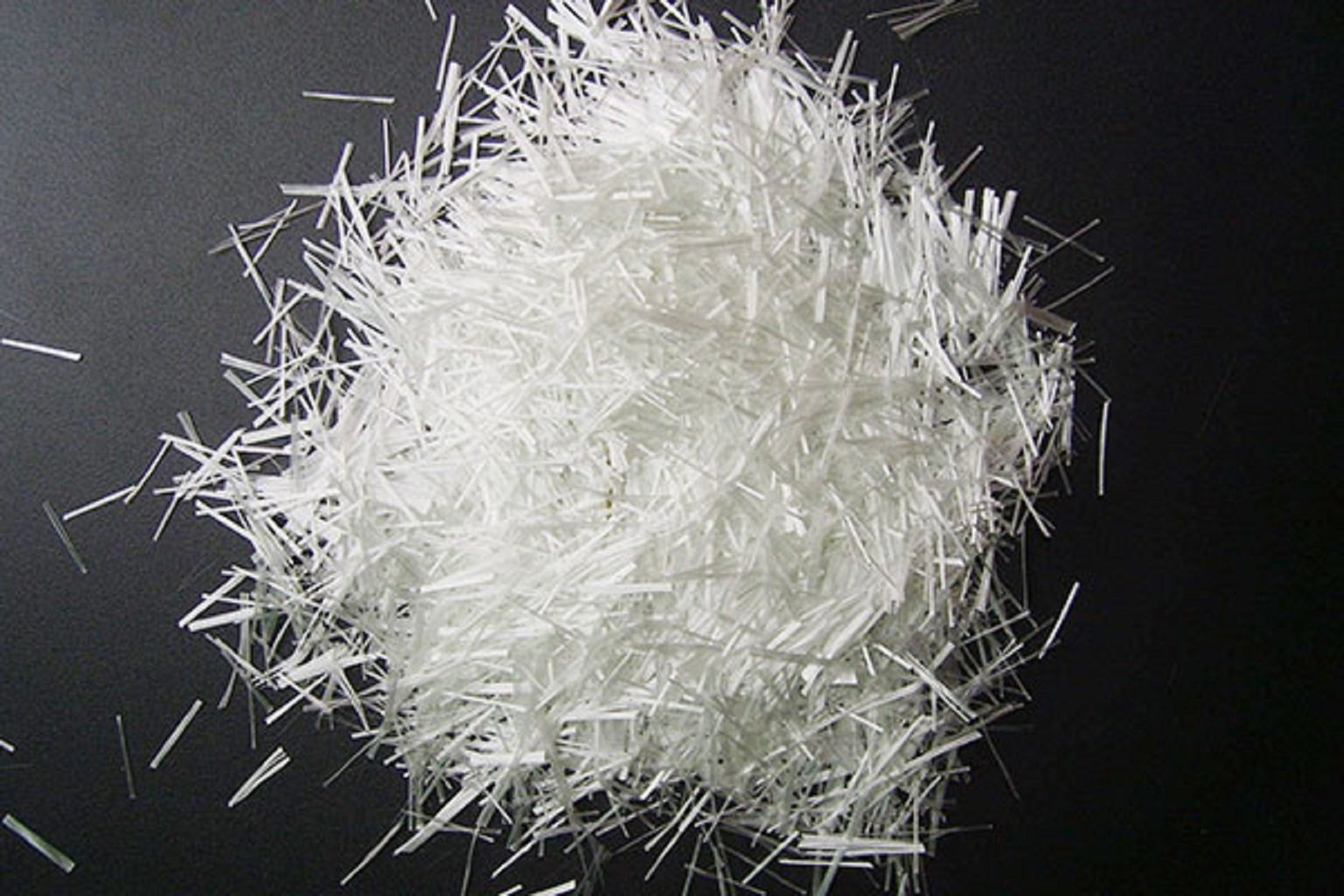
I’ve found that the right additives can make a huge difference. For example, fiberglass increases the stiffness and heat resistance of EVA. Mineral fillers like talc or calcium carbonate can also improve heat resistance while reducing material costs. But the key is to use the right amount and mix it properly. Too much filler can make the material brittle, while too little won’t have the desired effect. I recommend starting with 5-10% by weight for fiberglass and 10-20% for mineral fillers, and then adjusting based on testing. Also, make sure the additives are evenly dispersed throughout the material. Poor dispersion can lead to weak spots and inconsistent heat resistance. I always use a high-shear mixer to ensure the additives are fully integrated into the EVA compound.
Here is a comparison of additives and their effect on slipper heat resistance:
| Additive | Effect on Heat Resistance | Other Benefits | Considerations |
|---|---|---|---|
| Fiberglass | Increases significantly | Improves stiffness and dimensional stability | Can make material more brittle, requires careful mixing |
| Mineral Fillers | Improves, but less than fiberglass | Reduces material costs, improves surface finish | Can reduce flexibility if used in excess |
| Heat Stabilizers | Prevents degradation at high temperatures | Extends the life of the material, maintains color and physical properties | Must be compatible with the base material |
Conclusion
By using the right materials, molding techniques, and additives, you can make slippers that can withstand high temperatures and keep your customers happy.

